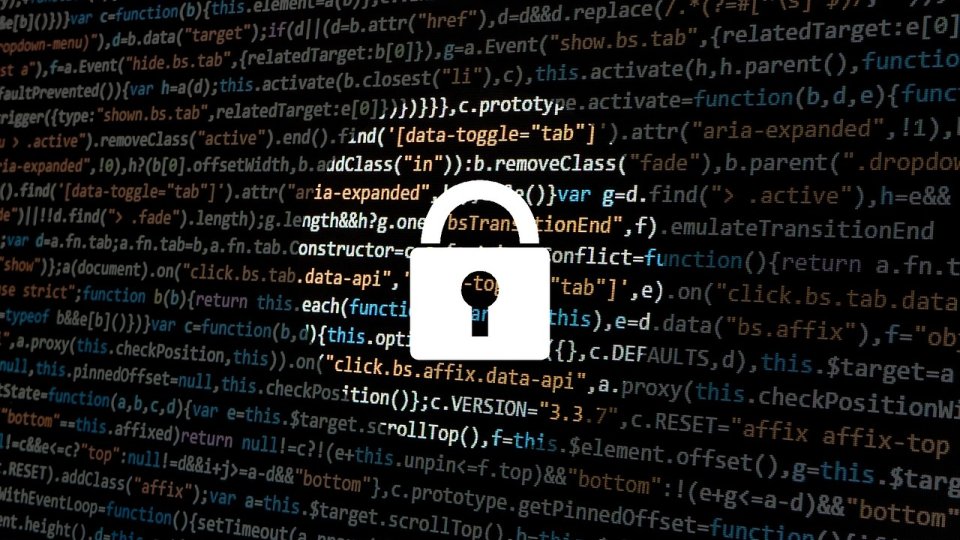The online safety bill is enforcing age verification technologies on Pornography Websites, to prevent those who are underage from accessing this content. Here, we take you through this online safety bill measure, age verification challenges, its history and the solutions that are making age verification processes, easier to enforce and manage.
Age Verification - What’s the challenge?
We try hard as a society to protect children and young people in lots of ways, mainly through sound advice and guidance but often through the law.
This is particularly visible when protecting them from things that are legal but intended for adults: tobacco; alcohol; gambling and sexual content are some examples. In the physical world we use visual identification as a check: driving licence; passport; photo ID. But as many of these adult services have also migrated online, it becomes a challenge to verify whether a person’s age qualifies them to access those services. This also is relevant to the use of many online services such as social media and gaming that require children to be 13 years old, or over.
Service providers run the risk of breaking the law and/or their own terms and conditions; children and young people are at risk of being exposed to products and services not intended for them.
Hence the need for online age-verification systems; but it has proved difficult to fully realise.
A difficult history
With the passing of the Digital Economy Act 2017, the United Kingdom became the first country to pass a law containing a legal mandate on the provision of age verification. Under the act, websites that publish pornography on a commercial basis would have been required to implement a "robust" age verification system. The British Board of Film Classification (BBFC) was charged with enforcing this legislation. Then, after a series of setbacks, the planned scheme was eventually abandoned in 2019.
While the UK government abandoned this legislation, age verification continues to be monitored and enforced by regulatory bodies including Ofcom and the ICO. The ISO standard for age assurance systems (PWI 7732) is also being developed by the Age Check Certificate Scheme, the Age Verification Providers’ Association, and other Conformity Assessment Bodies.
On 16 October 2019, the then Culture Secretary, Nicky Morgan stated that the government had abandoned the mandate altogether, in favour of replacing it with a forthcoming wider scheme of Internet regulation based on the principles expressed in the Online Harms White Paper.
The mandate would be repealed formally by clause 131 of the government's draft Online Safety Bill, published in May 2021.
So, what next?
On 8th February 2022, DCMS announced that the “Online Safety Bill will force pornography websites to prevent underage access, by using age verification technologies ,introducing “a new legal duty requiring all sites that publish pornography to put robust checks in place to ensure their users are 18 years old or over.”
Whilst the debate surrounding age verification is still ongoing, we would anticipate that the most effective approach will be a combination of effective education; appropriate regulation and accountability, alongside trustworthy age verification technology.
There is an argument by Open Rights groups that suggests over-regulation of the internet can lead to restrictions on an individual’s right to access, often using technologies that can be intrinsically employed for surveillance. The counterargument suggests that effective age verification technologies empower users in ensuring they have access to content and services designed for them, without the inappropriate noise and risk with which the internet can often drown users.
Emerging solutions
Some technologies are emerging however, that are beginning to address the issues with a more sophisticated and relevant approach. One such organisation is TrustElevate, with whom I met recently.
Rachel O’Connell, CEO of TrustElevate writes:
“We believe that if companies knew the real ages of their users, they could create age-appropriate spaces for children and young people to grow, learn and play. These age-appropriate spaces could be optimised to create more effective educational experiences for children in specific age bands. In using those services which cater to the needs and respect the rights of children and young people, schools can also be assured of their ability to safeguard those users.”
“The technology to do this exists, but big tech companies aren't paying attention and enforcement of the laws that are in place is not working. A lone voice won’t effect change, but together we can leverage strength in numbers to campaign for a safer internet for our children”
Theirs is an interesting approach that partners with several authoritative data sources, that are trustworthy and reliable reference points in establishing age.
TrustElevate enables e-learning platforms to comply with data protection law, the Children's Code and to enhance e-safeguarding.The technology they have developed uses this data to inform their age verification mechanism, without overt data exchange.
Rachel states:
“We do not rely on biometrics nor document scanning and are a Zero Data company; we do not store data.”
Direction of travel
Age verification and checking technologies will have the greatest impact on younger users, reducing the potential for accidental exposure to, or mild curiosity in, age inappropriate or illegal content. However, like many approaches, no single solution can be entirely responsible for the safe navigation of the online ecosystems we all now inhabit. But the right combination of technology and education often nudges behavioural change towards positive outcomes.
After all, look at the journey we have made with car safety. The majority of us wouldn’t even consider driving without ourselves and our children being firmly strapped in, would we?
#StrongerTogetherOnline
TrustElevate are offering the opportunity for schools to become part of their #StrongerTogetherOnline project.
If you are interested in exploring this area further, you are able to register interest on their site at https://www.trustelevate.com/stronger-together.
As with any service, schools will need to be confident that data is adequately secured and protected.






